On-Grid Solar Panel Systems
Introduction
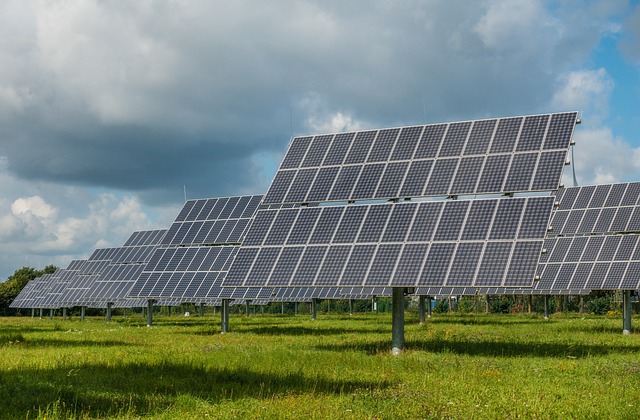
In today’s world, solar energy has become one of the most reliable and cost-effective solutions for power generation. Among the different types of solar systems available, the on-grid solar panel system stands out as the most popular choice for homes and businesses. If you’re looking to reduce your electricity bills and contribute to a greener planet, then an on-grid system might be the perfect option for you.
What is an On-Grid Solar Panel System?
An on-grid solar system, also known as a grid-tied solar system, is a solar power setup that is directly connected to the main electricity grid. Unlike off-grid systems, which require batteries to store energy, an on-grid system uses the grid as a backup source of power.
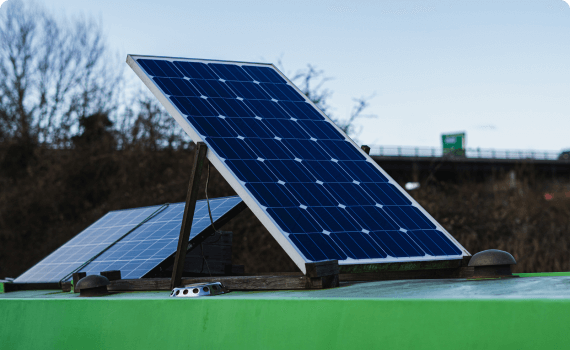
How Does an On-Grid Solar System Work?
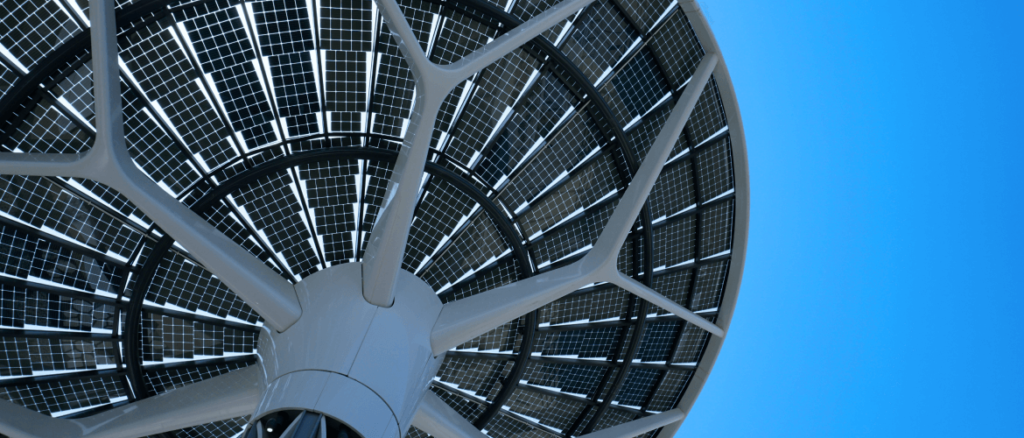
The working of an on-grid solar panel system involves several key components:
-
Solar Panels – Absorb sunlight and convert it into DC (direct current) electricity.
-
Solar Inverter – Converts DC electricity into AC (alternating current), which is used to power appliances.
-
Net Metering – Measures the amount of electricity you consume and the excess energy you send back to the grid.
-
Electricity Grid – Serves as a backup power source when solar generation is insufficient.
Benefits of an On-Grid Solar System
✅ Lower Electricity Bills – Offsets your electricity consumption, reducing your monthly costs.
✅ Earn from Excess Power – With net metering, you can sell surplus electricity back to the grid and earn credits.
✅ Cost-Effective – No need for expensive battery storage, reducing initial investment and maintenance costs.
✅ Reliable Power Supply – Uses the grid as a backup, ensuring an uninterrupted power supply.
✅ Eco-Friendly – Reduces carbon footprint by utilizing clean and renewable solar energy.
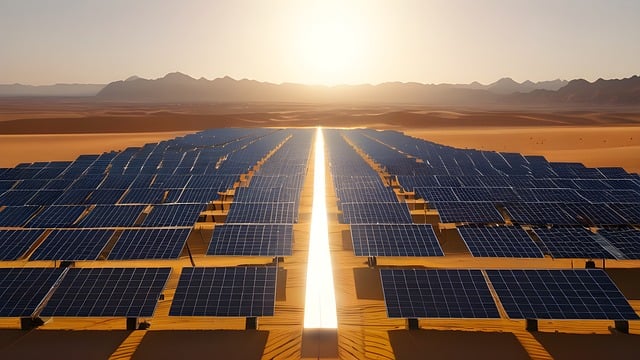
Limitations of an On-Grid System


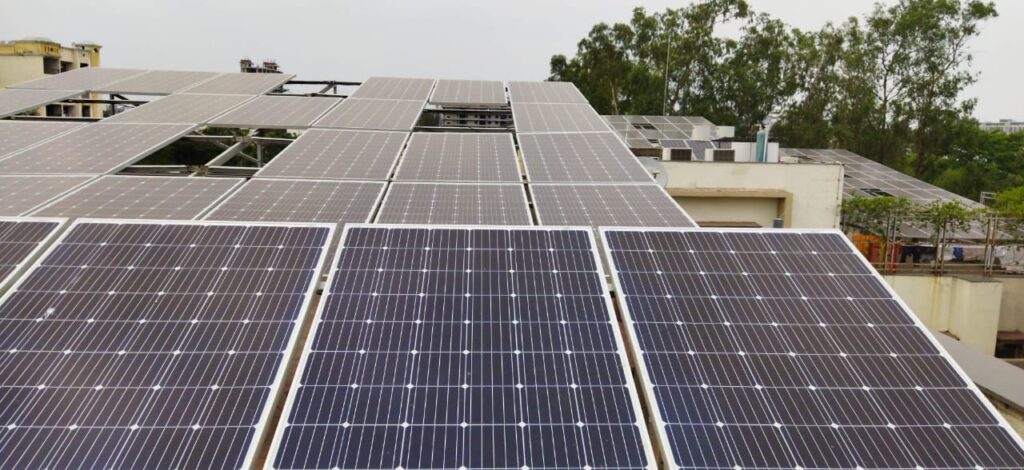
Steps to Install an On-Grid Solar System
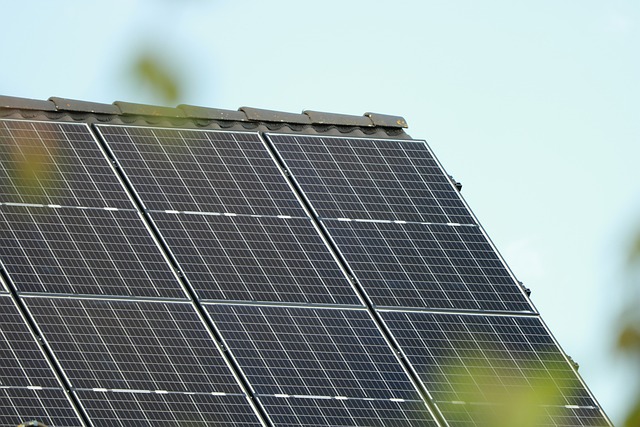
-
Assess Your Energy Needs – Calculate your average electricity consumption.
-
Choose the Right Solar Panels & Inverter – Select high-efficiency solar panels and a compatible inverter.
-
Check Net Metering Policies – Ensure your local electricity provider allows net metering.
-
Hire a Professional Installer – Work with a trusted solar company for proper installation.
-
Get Necessary Approvals – Obtain permits and approvals from the local electricity board.
-
Installation & Grid Connection – Install panels, inverter, and connect the system to the grid.
-
Monitor & Maintain – Regularly check system performance for optimal efficiency.
Why Choose an On-Grid Solar System from Chhattisgarh Electrical Infrastructure?
At Chhattisgarh Electrical Infrastructure, we provide top-quality solar solutions tailored to your energy needs.
Our on-grid solar panel systems are designed to maximize savings and efficiency, making clean energy accessible to homes and businesses across Bilaspur and Chhattisgarh.
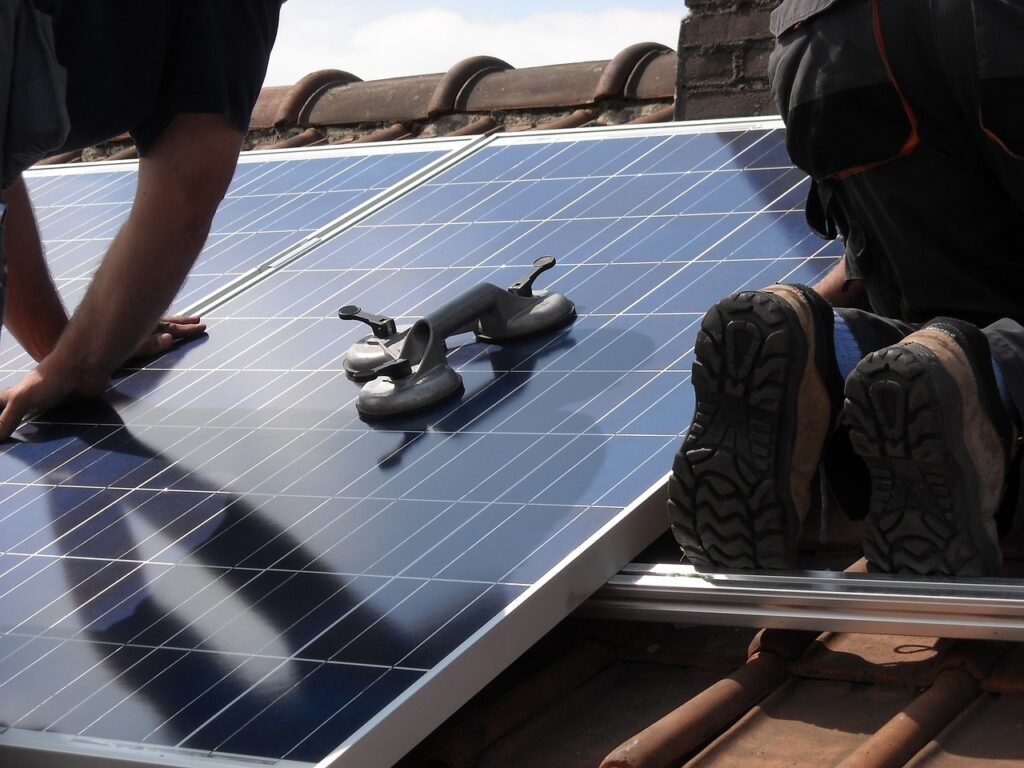
Conclusion
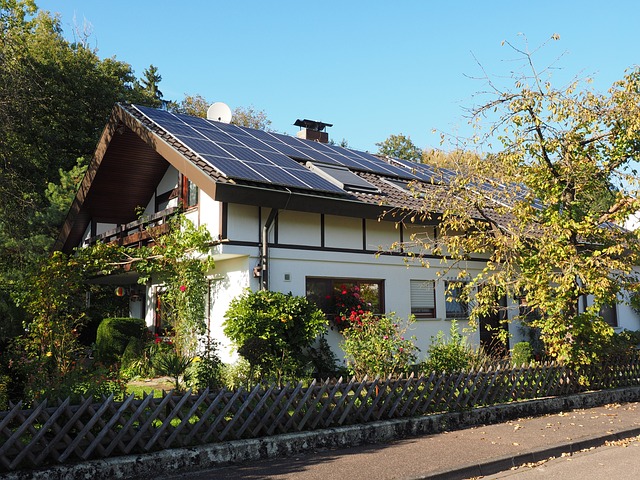
Switching to an on-grid solar system is a smart investment for a sustainable future. It helps reduce energy costs, supports environmental conservation, and provides a long-term solution for electricity needs. If you’re considering installing an on-grid system, contact us today for expert guidance and installation services!
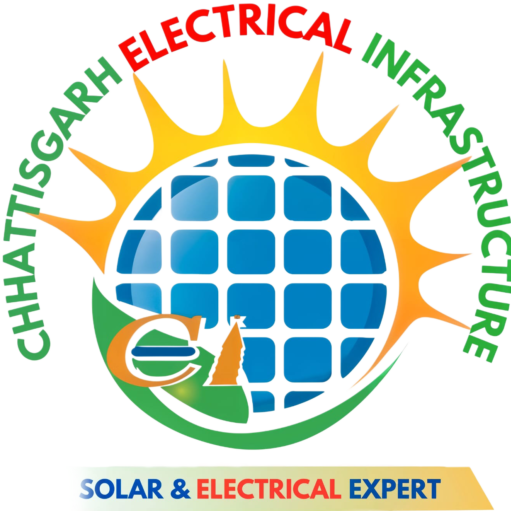
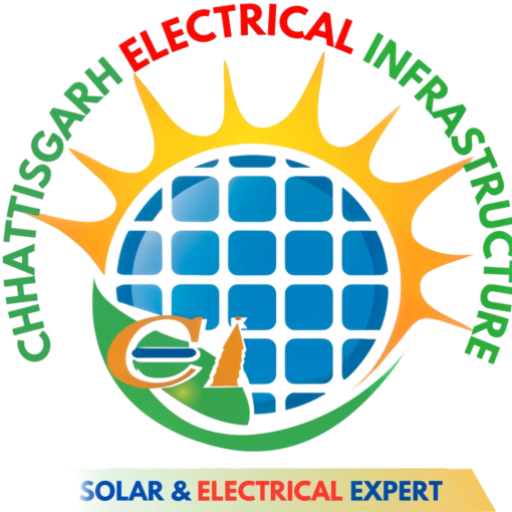
Hi, this is a comment.
To get started with moderating, editing, and deleting comments, please visit the Comments screen in the dashboard.
Commenter avatars come from Gravatar.